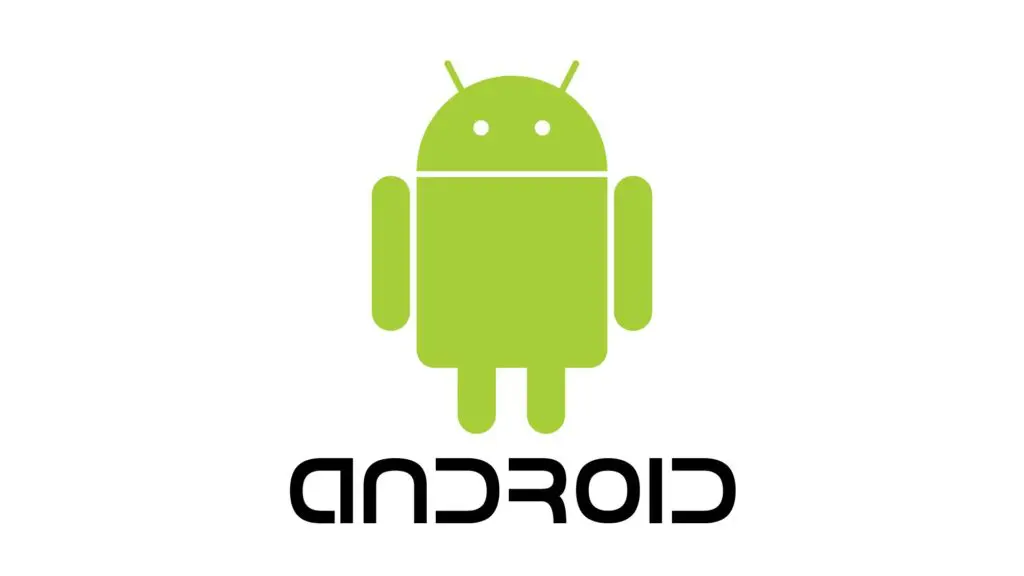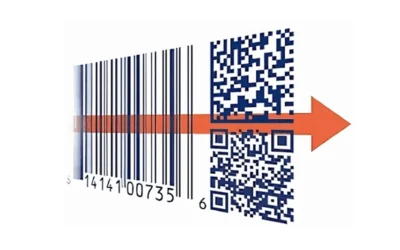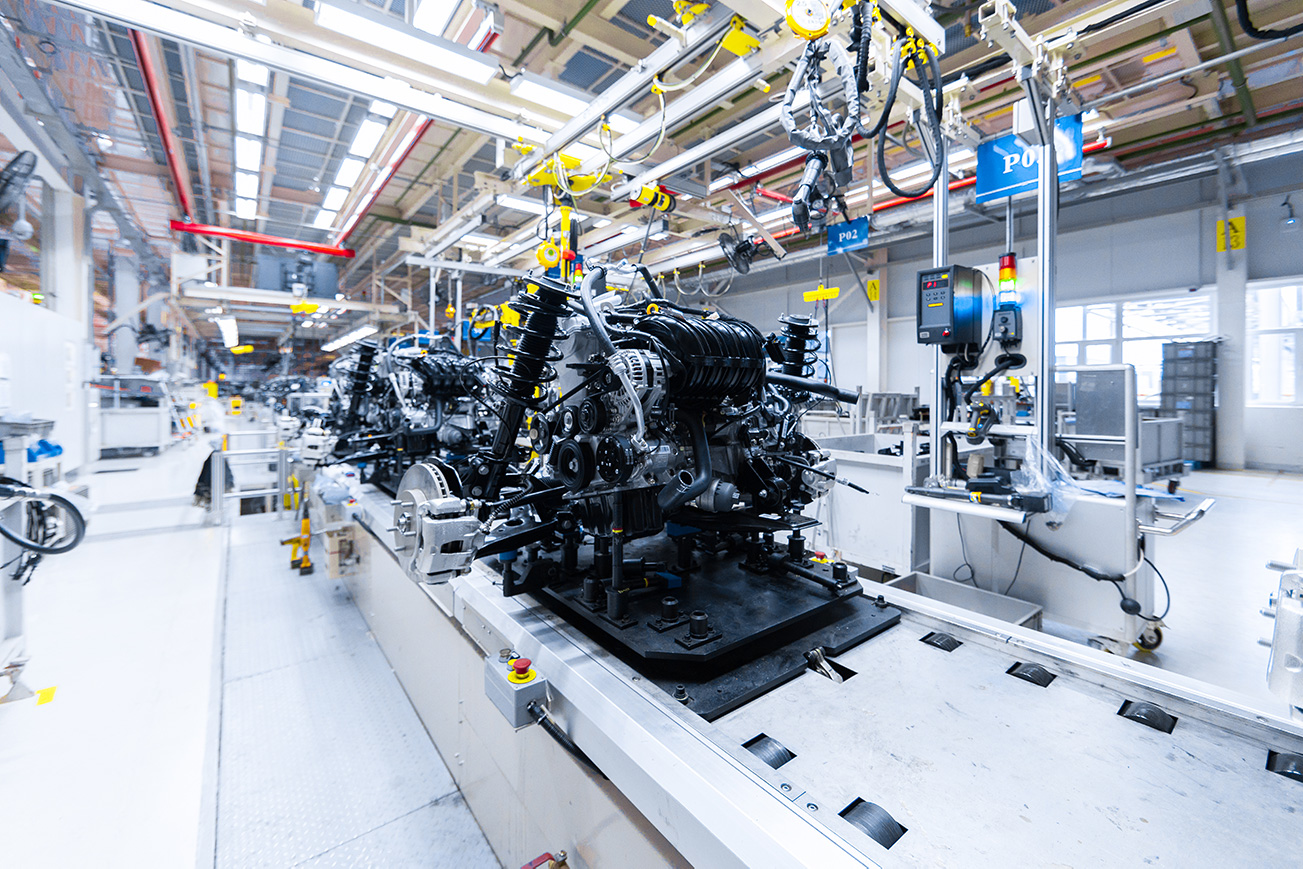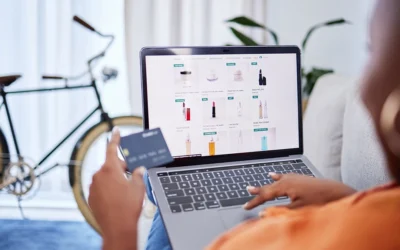It’s official; Microsoft has now ended all remaining support for Windows Embedded Handheld 6.5, the operating system that has powered millions of enterprise mobile devices since 2011.
This major development is just the latest in several phase-outs of Windows mobile platforms, which is part of Microsoft’s large-scale departure from the enterprise mobile market. Microsoft’s strategic shift has left thousands of companies with no security patches, no OS updates, and no option to migrate to Windows 10 IoT from their current platforms.
Unless you’re migrating to Windows 10 IoT from Windows 8, migration requires both rewriting your apps and databases and reconfiguring your networks. It’s an expensive and time-consuming process, and it’s led most companies and all major enterprise device manufacturers to turn away from Windows.
In fact, only 4% of new enterprise devices are now manufactured with Windows 10 IoT. Instead, mobile manufacturers and end users have switched to Android, which now has over 80% market share in the enterprise market.
There are five major reasons why the industry has made this move. Understanding them can help you develop the right OS strategy and migration plan for your future mobile operations.
So let’s take a look at why the industry is migrating to Android and why our mobility experts at MSM Solutions often recommend the same.

1. Android is easier to use. Android was designed from the ground up for intuitive mobile operation. Its touch screen simplicity is a major improvement over button-driven Windows mobile interactions; streamlining workflows with easy-to-use app interfaces and the ability to configure customized home screens and utilize single-button app launches.
Android is also easier for enterprise workers to use since many workers already use it on their personal smartphones and tablets. This makes for an easy transition.
2. Android is highly secure. Thanks to Mobile Extensions (Mx) developed by Zebra Technologies and available on all of Zebra’s latest mobile devices, Android is a highly secure enterprise OS on par with Windows. You can completely control each device and application as well as network, user, and data access. Over-the-air updates also make it easy to apply the latest security patches and keep your devices secure.
3. Development is faster and easier. Android has a vast array of development resources available, which makes it much faster and easier for companies to migrate to a more modern OS and rewrite or create new apps customized for their specific business needs. There are also many app store apps already available and geared for enterprise needs, including mobile versions of popular ERP, WMS, and inventory management software. Zebra also has All-Touch Terminal Emulation, which allows companies to migrate and convert their legacy “green screen” apps into beautiful all-touch apps without any coding required.
4. Android is an open-source OS. Android is a flexible and open-source operating system. That means developers can modify the OS and add capabilities and restrictions that aren’t supported in the core system.
5. Android includes lifetime OS support. While Microsoft has eliminated extended support options as of Windows 8, you can get full OS updates and security support for the lifetime of your Android devices. Zebra’s LifeGuard™ for Android™ provides 10 years of guaranteed OS and security updates, including five years beyond Google’s standard support period.
To learn more and find out if Android is the right fit for your business, contact our mobile technology experts at MSM Solutions. We’ll help you choose the right OS strategy, develop a migration plan, and recommend the best hardware solutions for your needs.



